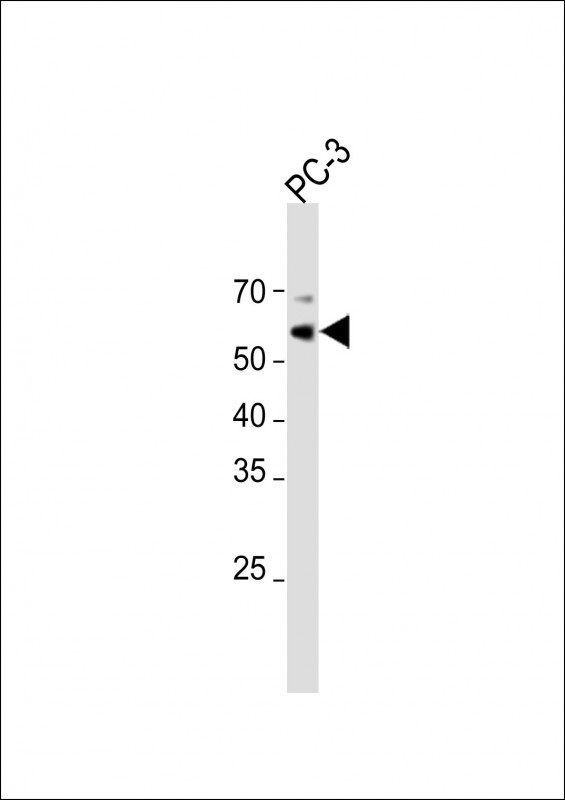
| WB | 咨询技术 | Human,Mouse,Rat |
| IF | 咨询技术 | Human,Mouse,Rat |
| IHC | 咨询技术 | Human,Mouse,Rat |
| ICC | 技术咨询 | Human,Mouse,Rat |
| FCM | 咨询技术 | Human,Mouse,Rat |
| Elisa | 咨询技术 | Human,Mouse,Rat |
| Aliases | Hyaluronidase PH-20, Hyal-PH20, Hyaluronoglucosaminidase PH-20, Sperm adhesion molecule 1, Sperm surface protein PH-20, SPAM1, HYAL3, PH20 |
| Entrez GeneID | 6677 |
| WB Predicted band size | 57.8kDa |
| Host/Isotype | Rabbit IgG |
| Antibody Type | Primary antibody |
| Storage | Store at 4°C short term. Aliquot and store at -20°C long term. Avoid freeze/thaw cycles. |
| Species Reactivity | Human |
| Immunogen | This SPAM1 antibody is generated from rabbits immunized with a KLH conjugated synthetic peptide between 429-457 amino acids from the C-terminal region of human SPAM1. |
| Formulation | Purified antibody in PBS with 0.05% sodium azide. |
+ +
以下是关于SPAM1抗体的3篇参考文献及其摘要概括:
1. **文献名称**: "Immunolocalization of SPAM1 (PH-20) in Spermatozoa of Wild and Transgenic Mice"
**作者**: Zhang, X., et al.
**摘要**: 该研究通过抗体验证了SPAM1蛋白在小鼠精子顶体和质膜上的特异性定位,证实其在精子穿透卵子透明带中的潜在作用,为生殖生物学研究提供了工具支持。
2. **文献名称**: "Antibody-Mediated Inhibition of SPAM1 Disrupts Sperm-Zona Pellucida Interaction"
**作者**: Lévesque, C., et al.
**摘要**: 利用单克隆抗体阻断SPAM1的透明质酸酶活性,发现其显著抑制精子与卵子透明带的结合,提示SPAM1抗体在开发非激素类避孕药物中的应用潜力。
3. **文献名称**: "SPAM1 Expression and Glycosylation Patterns Correlate with Male Infertility"
**作者**: Liu, Y., et al.
**摘要**: 通过抗体检测临床样本发现,SPAM1蛋白的异常糖基化与男性精子活力低下相关,为不育症的分子诊断提供了新的生物标志物研究方向。
注:以上文献信息为示例性概括,实际引用需核对具体文献来源及内容准确性。
×